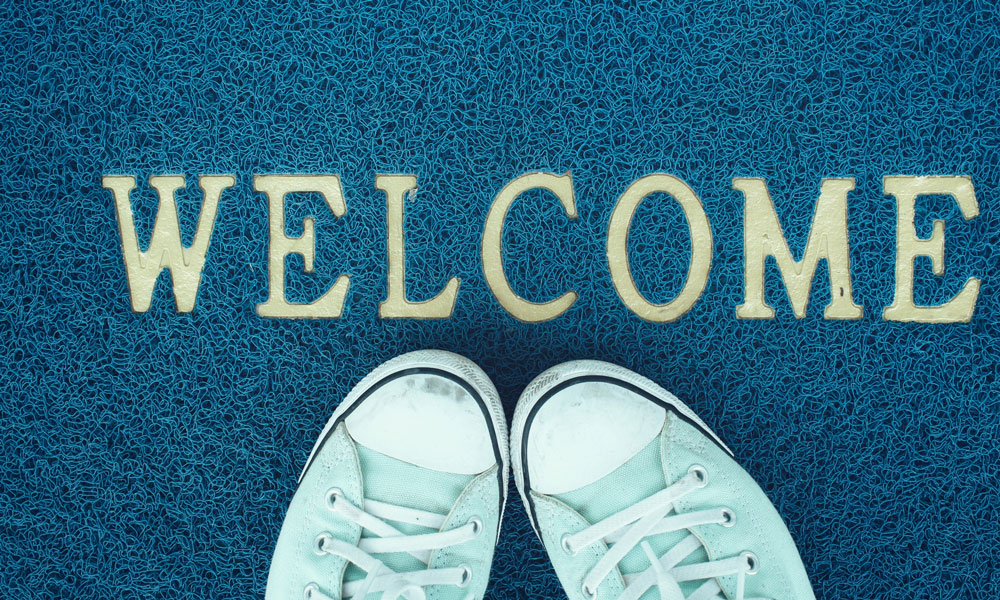
Welcome, Everyone: How to Make Your Meetings More Inclusive
Meetings-related sessions at the 2016 ASAE Annual Meeting & Exposition discussed how to make your meetings more inclusive and welcoming for every attendee.
As I’m writing this post, I’ve been back in the office for only a few hours following the 2016 ASAE Annual Meeting & Exposition.
If you were also in Salt Lake City, I’m sure your post-conference process is similar to mine: Unpack and do laundry, triage your inbox, decipher session notes, follow-up with new contacts, plus caffeine—lots of caffeine!
But, since I have this blog post to write, deciphering session notes has moved to the top of my to-do list. And even though I spent a good part of my time at Annual working on the conference newspaper, Daily Now, I managed to attend some meetings-related sessions, which I soon realized had something in common: They all touched on different elements of inclusion. Here’s a closer look at each:
Attendee safety takes priority. During Monday morning’s Learning Lab “Designing Inclusive, Safe, and Welcoming Meetings,” Inclusion Strategist Joe Gerstandt and SMarts Consulting President and CEO Sherry Marts discussed how to make every meeting attendee feel safe and welcome—and the steps to take if they don’t.
“If you want high-performing teams, attendees, and meetings, you need psychological safety,” Gerstandt said.
Unfortunately, there are times that safety can be lost at a meeting if an attendee is harassed. But Marts identified three steps an organization can take to stop harassment at meetings and encourage inclusion.
The first is to establish an anti-harassment policy specific to meetings and publicize it. “You also want a simple reporting process and clear description of consequences,” she said.
The second is to take care. Handle any incidents with compassion and sensitivity. “Make the target’s safety and comfort a priority,” Marts said.
The final step: Do it there. Act and respond quickly to any incidents. “Remember, attendance at your meeting is a privilege, not a right,” she said.
Everyone is welcome. At Tuesday morning’s Deep Dive “Delivering Maximum ROI to Conference Participants,” speaker Shawna Suckow, who is also the founder of the Senior Planners Industry Network, discussed how to design elements of your conference to ensure that your most vulnerable attendees—first timers, introverts, and industry newcomers—feel welcome and have a terrific experience.
This is another form of diversity and inclusion,” she said.
During the session, Suckow brought up the idea of “tribes,” and the fact that it is human nature to gravitate toward someone you know.
“How do we encourage tribes, and how do we disrupt tribes so [attendees] feel included and meet new people?” she asked.
To illustrate the point, Suckow broke the audience into three groups: first timers, introverts, and industry/conference veterans. She then asked these groups to brainstorm ways to make everyone feel welcome at a conference.
Among the ideas shared: Have an area at a large opening reception with tables that facilitate networking—perhaps “attendees from Ohio” or “Pokémon Go fanatics.” Host an “introvert station” or a conference buddy program that matches a meeting veteran with a newbie.
Another suggestion I thought was interesting was to get rid of the traditional “first-time attendee” ribbons and give these individuals “VIP” ribbons instead.
Suckow said including these elements is beneficial to associations. “If attendees make eight-plus connections at your event, they’ll be more engaged, retain more information, and will be return attendees,” she said.
How does your organization ensure that every single one of your attendees feels as welcome and included as possible? Let us know in the comments.
(iStock/Thinkstock)






Comments